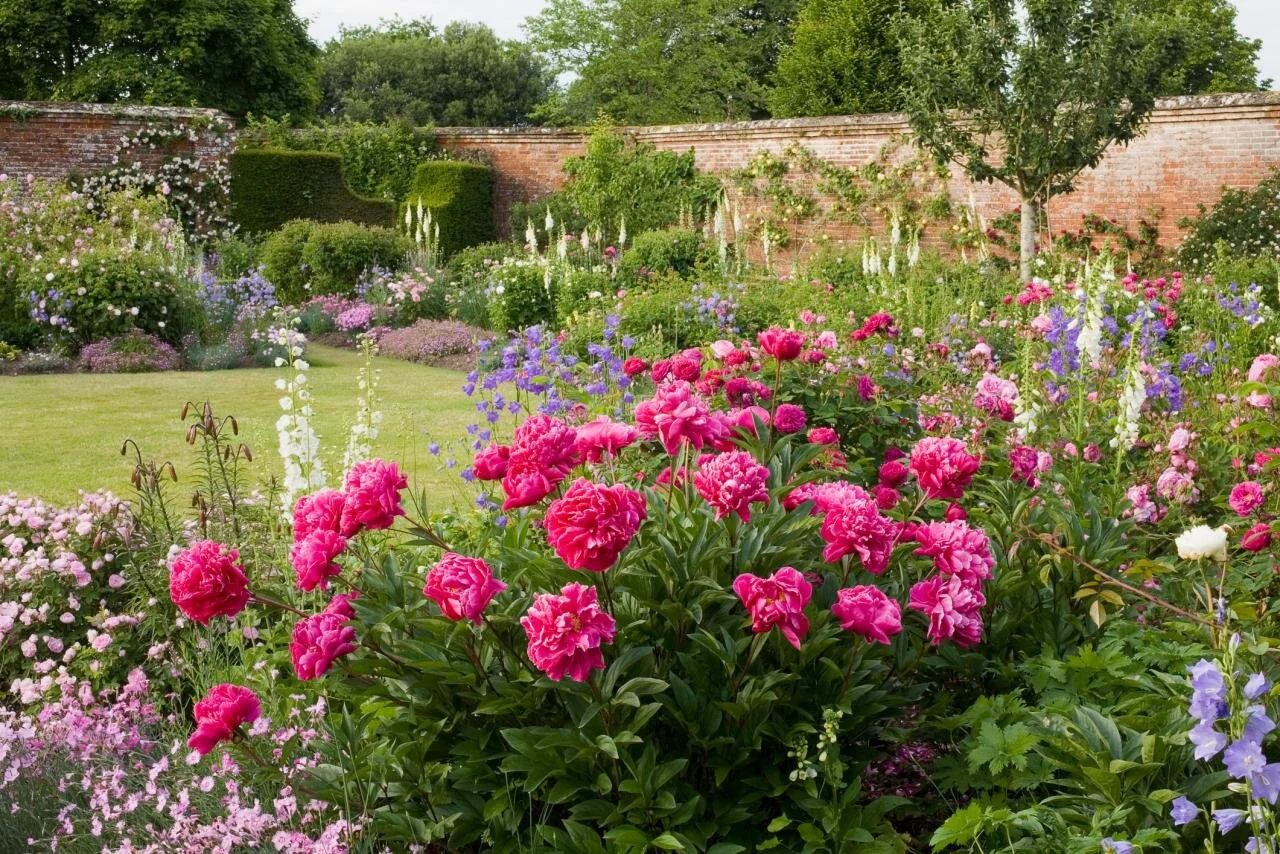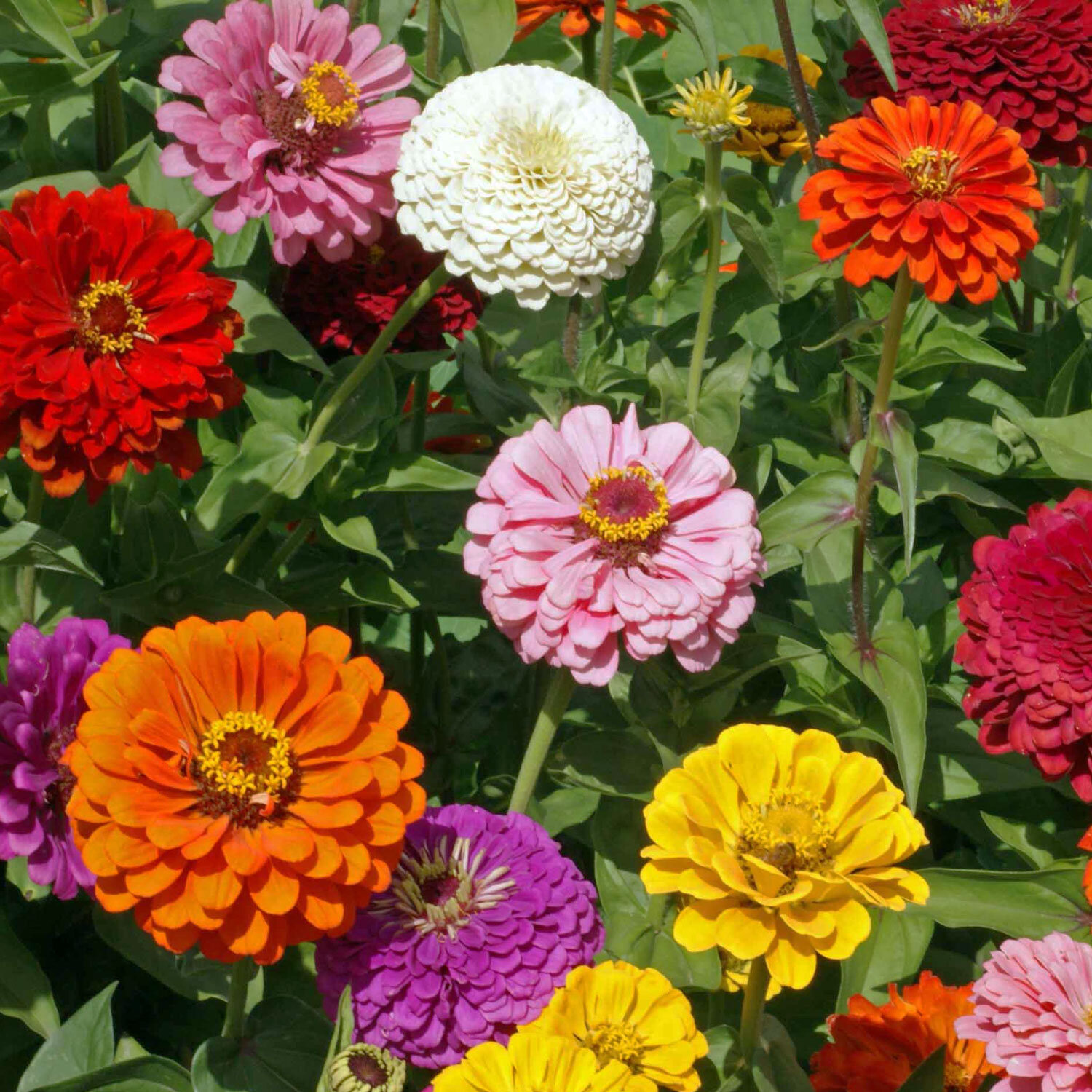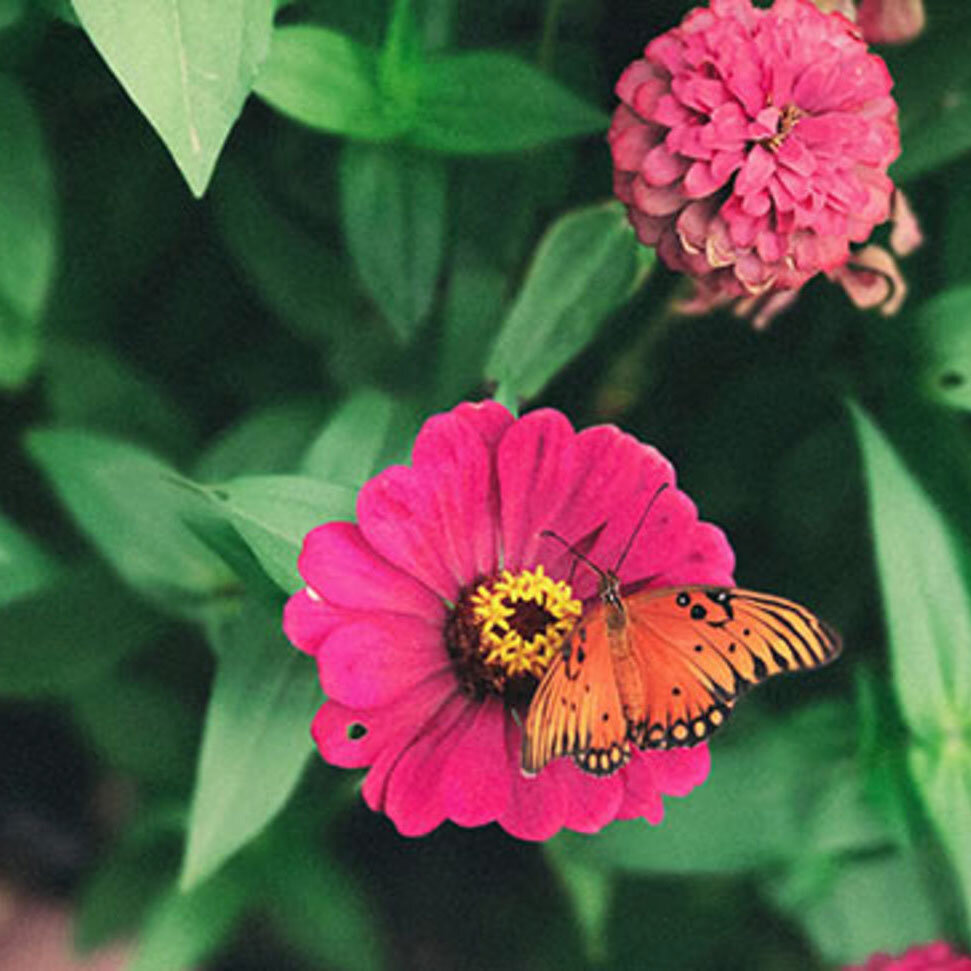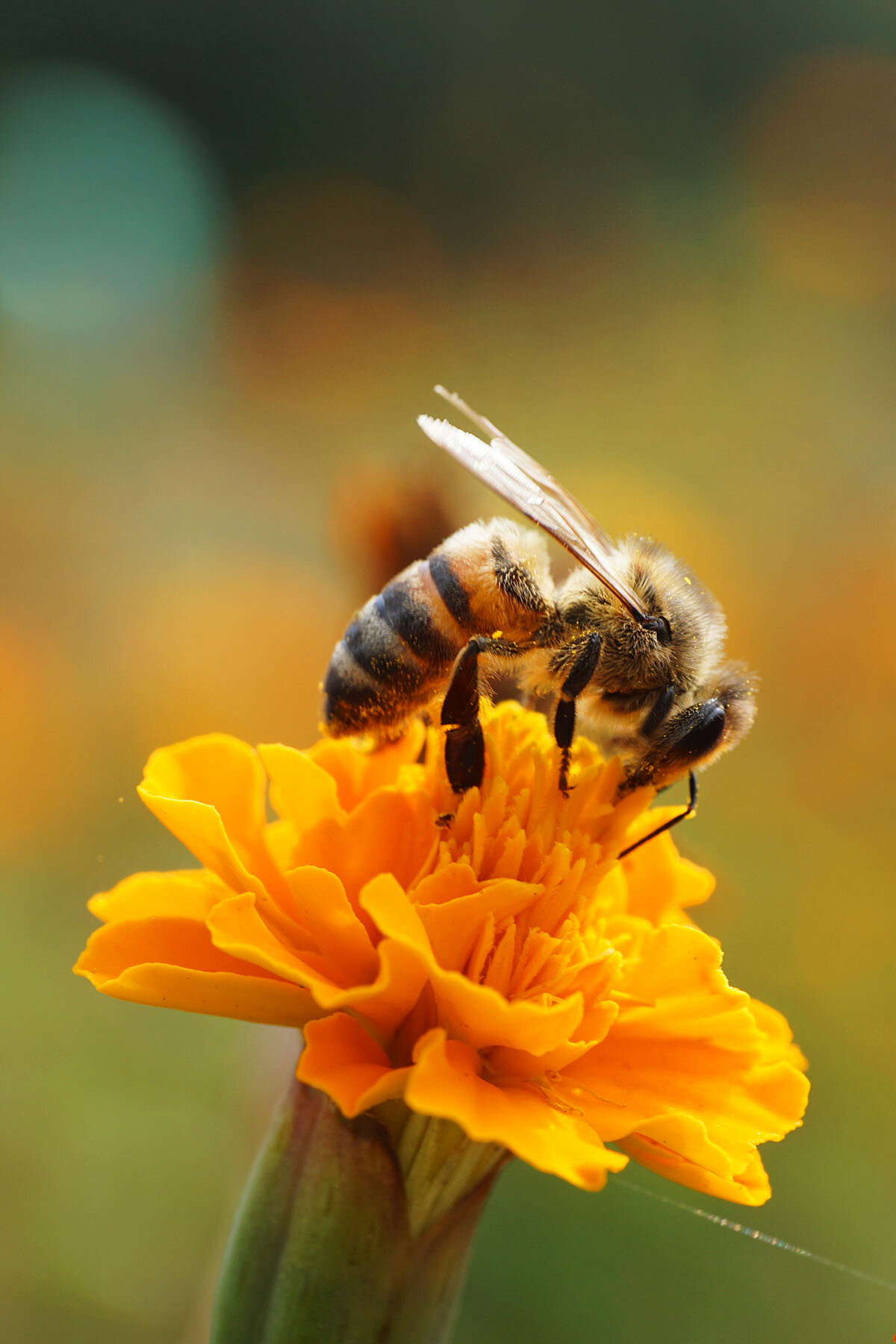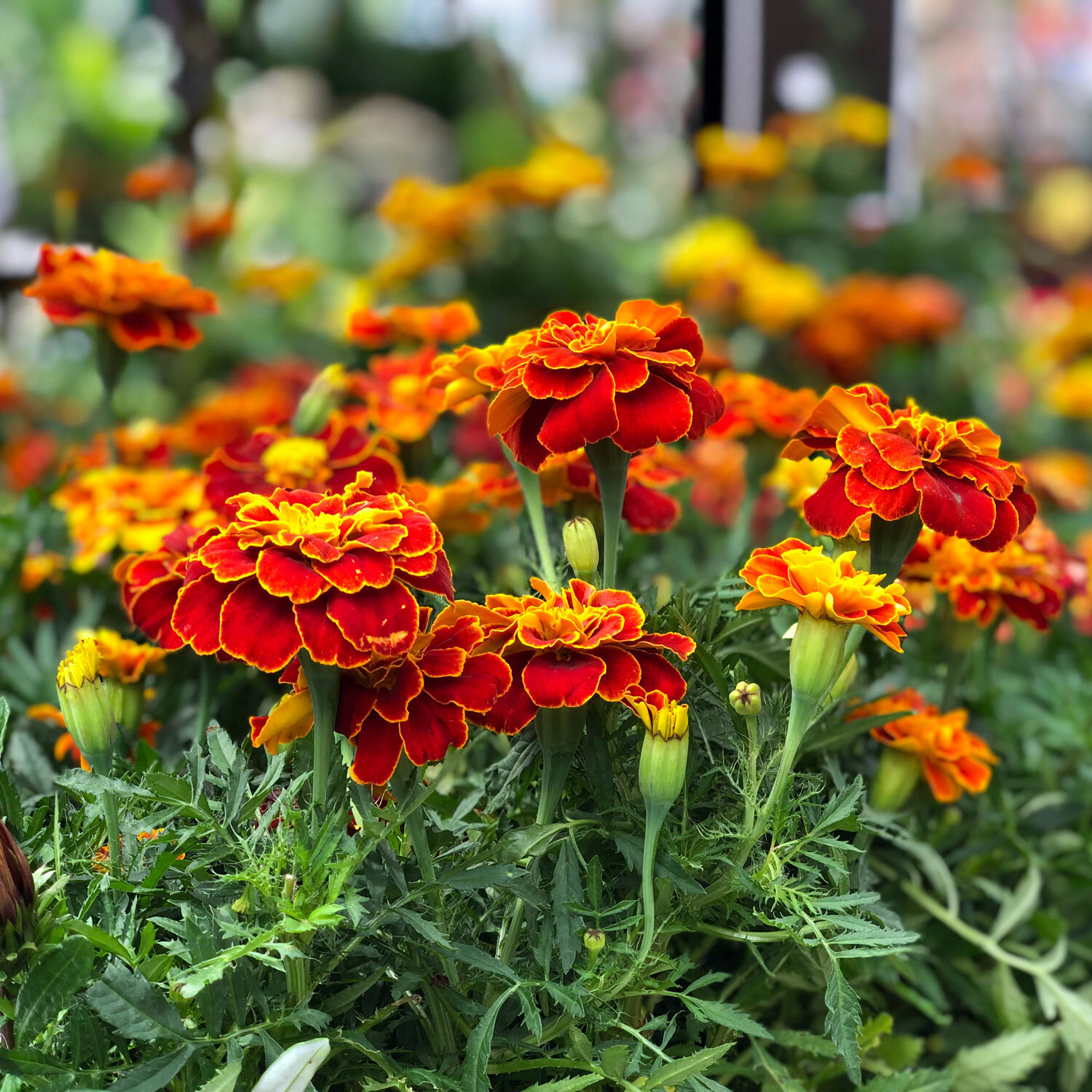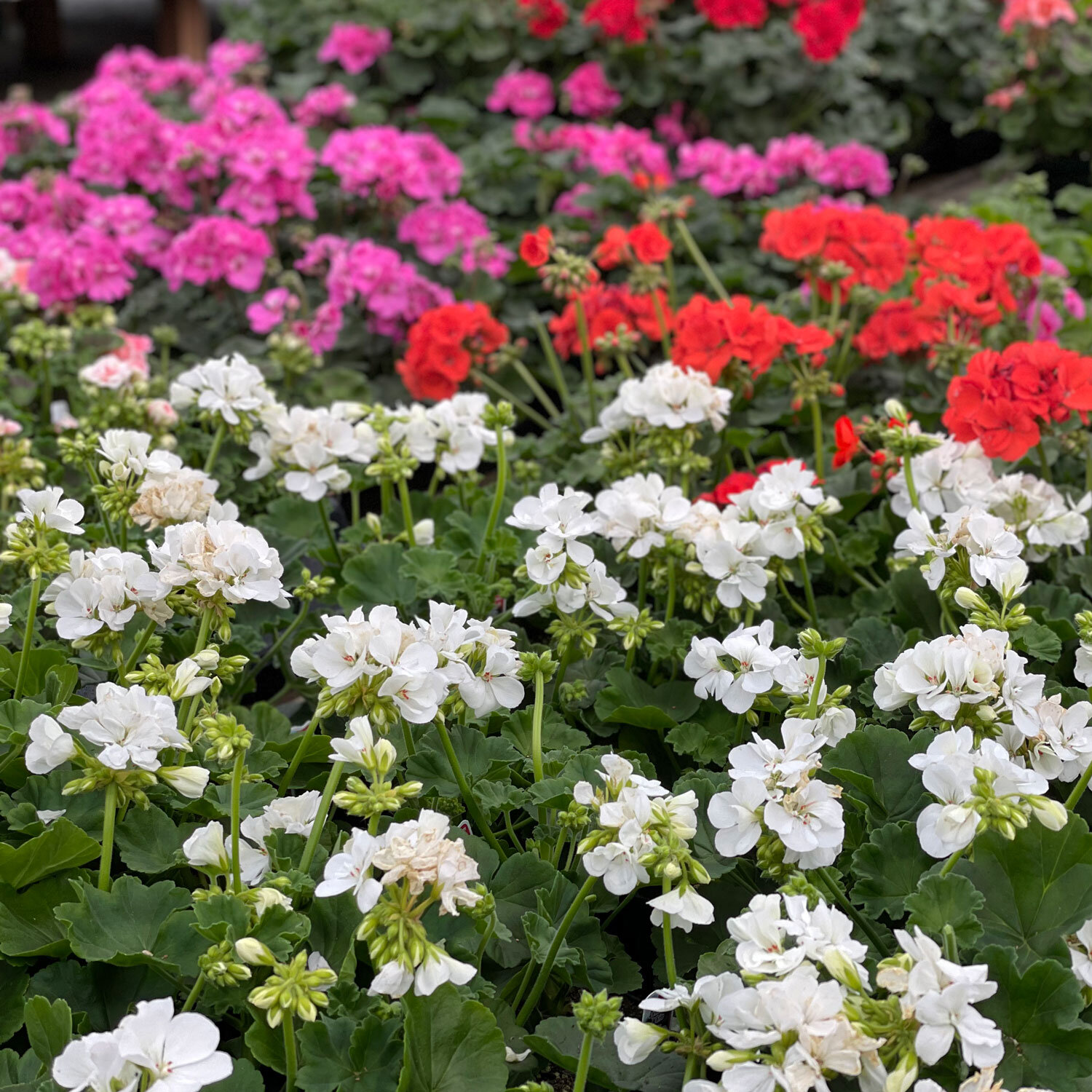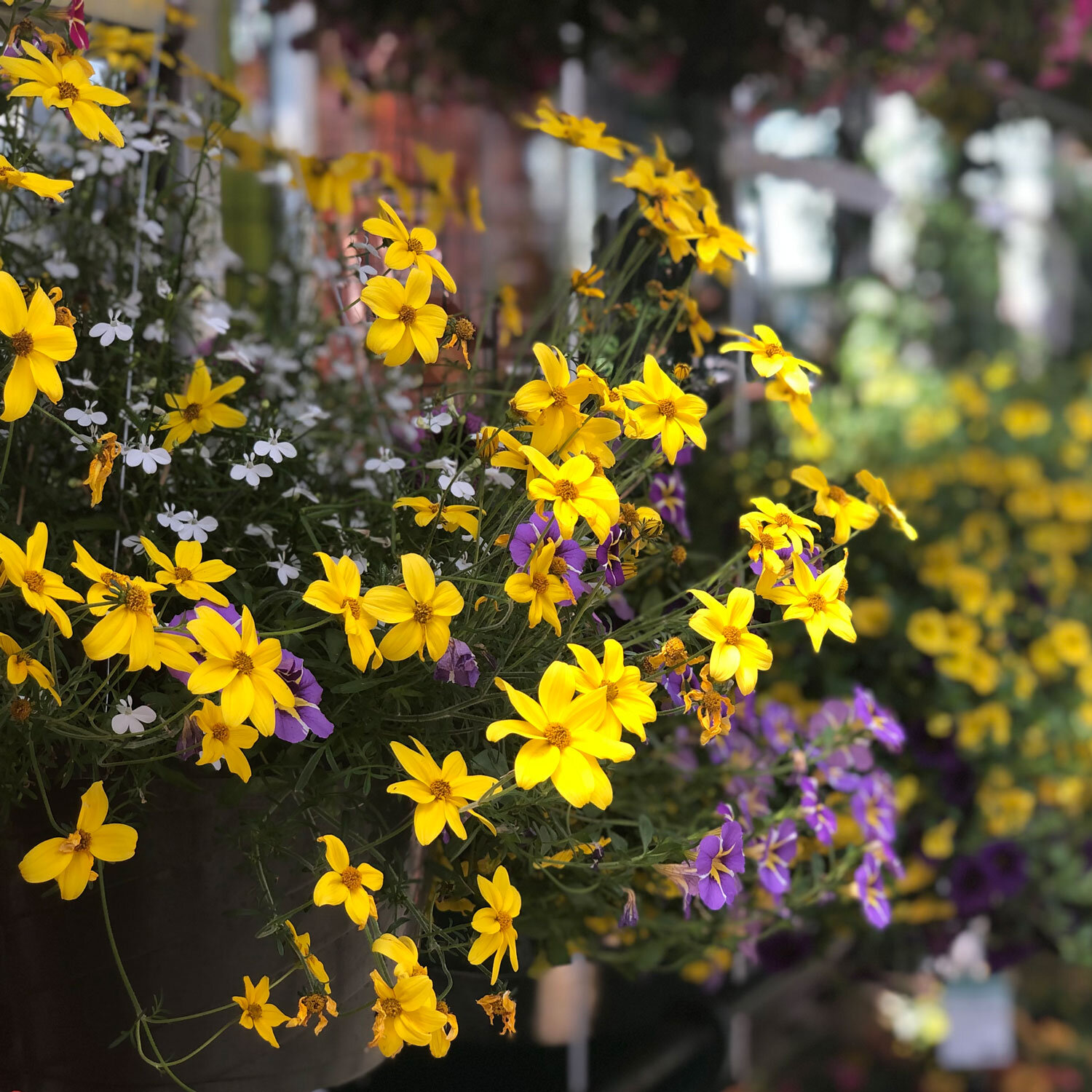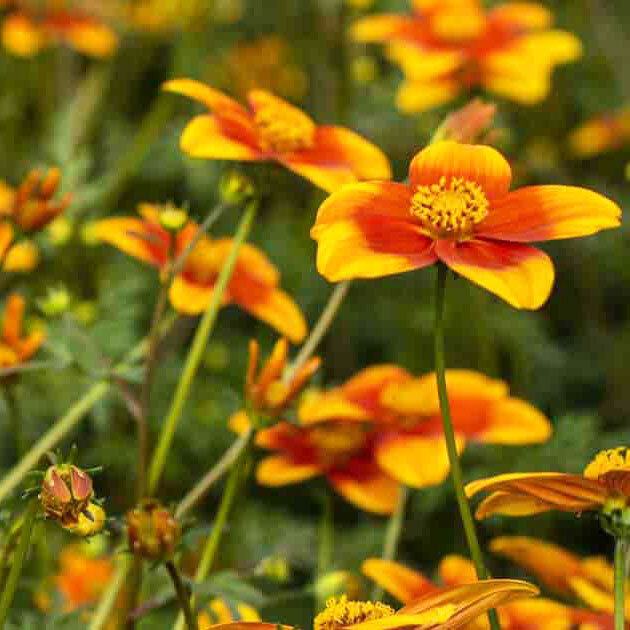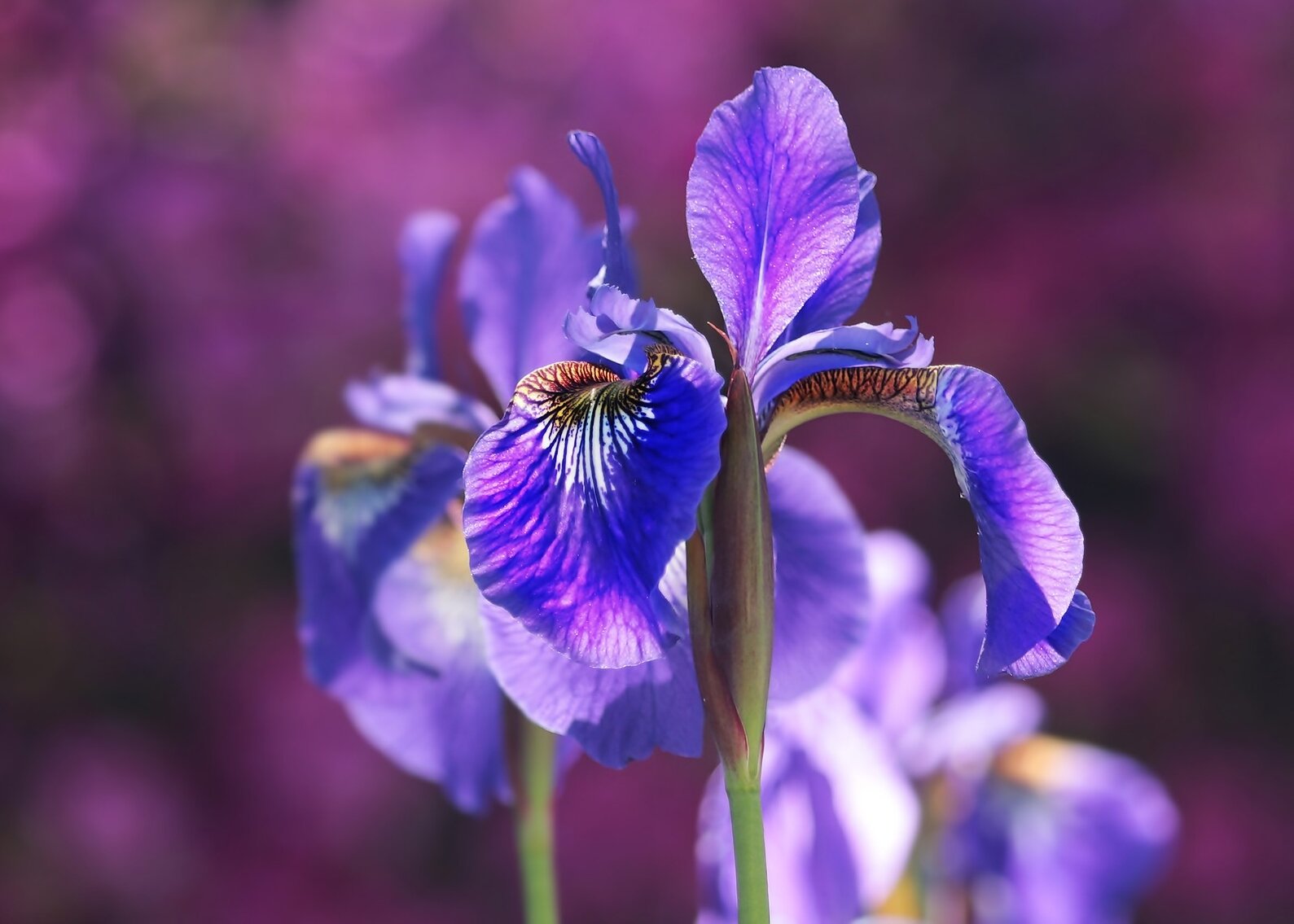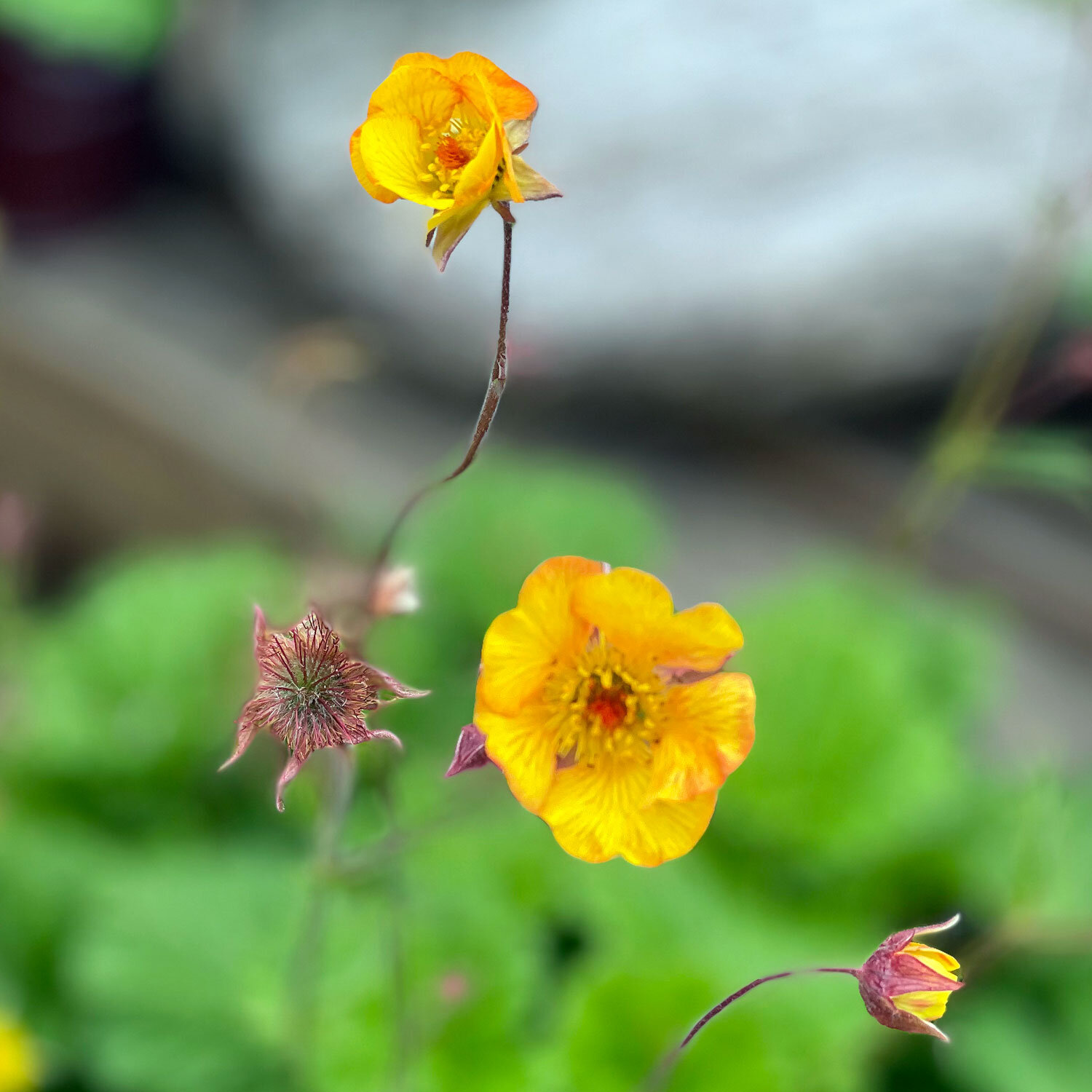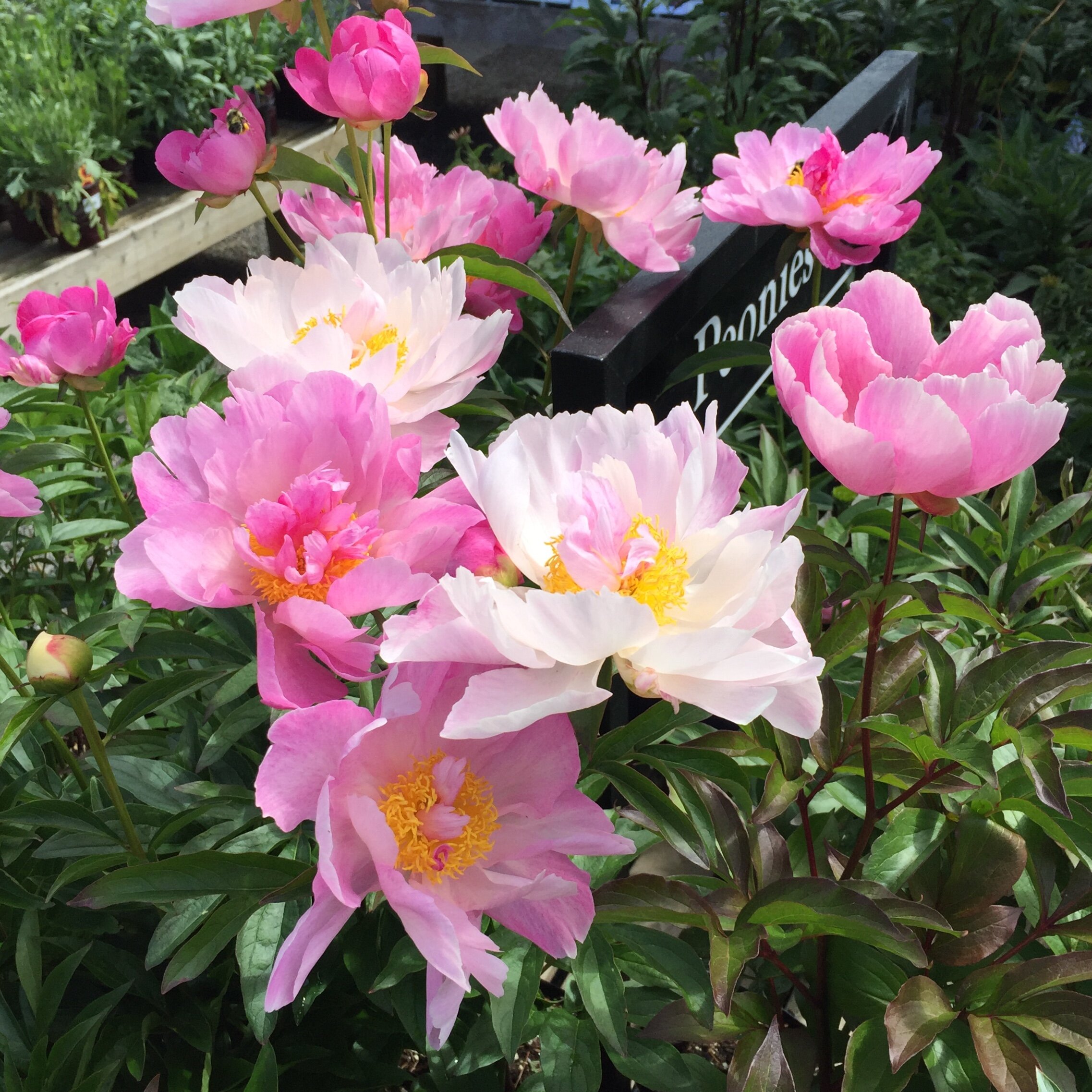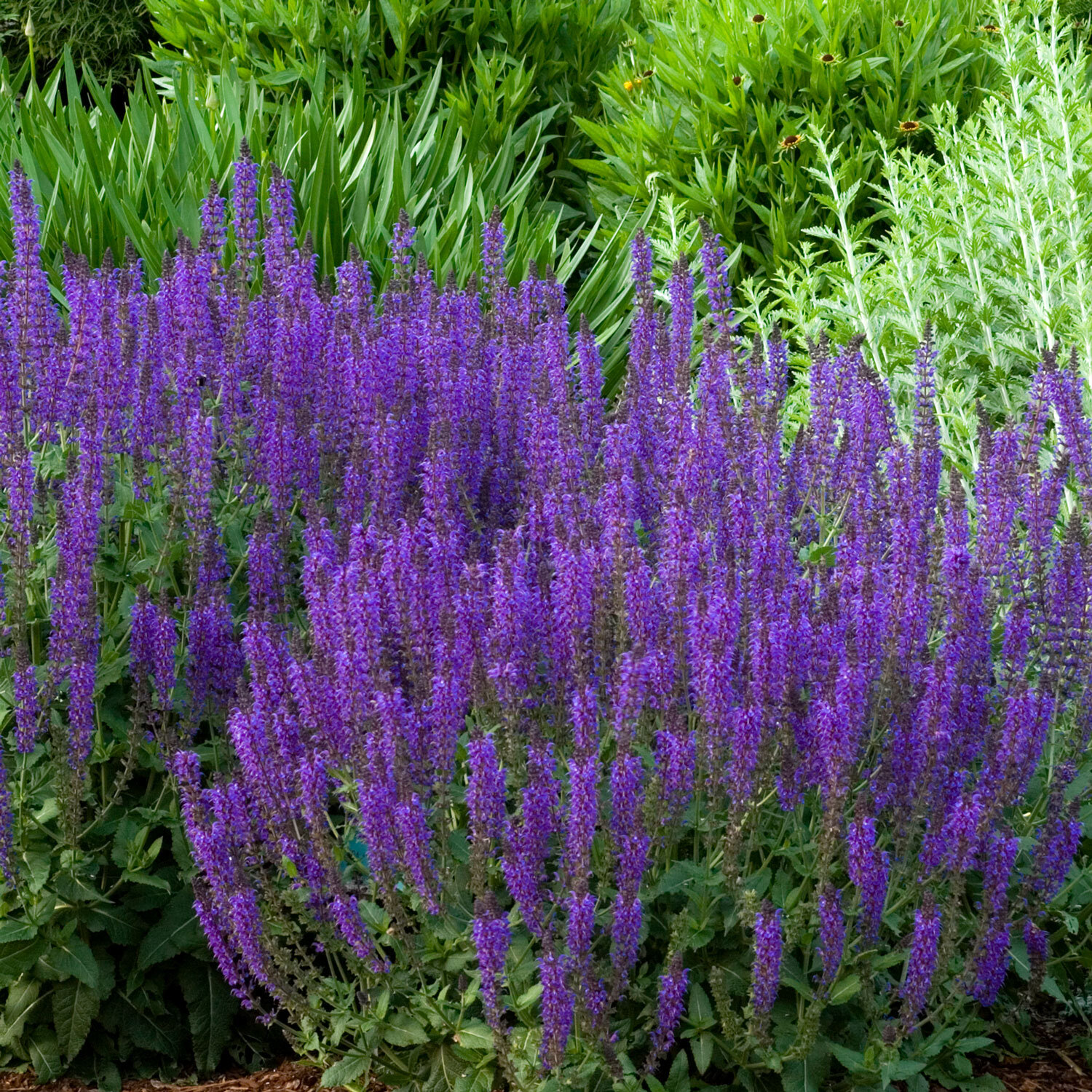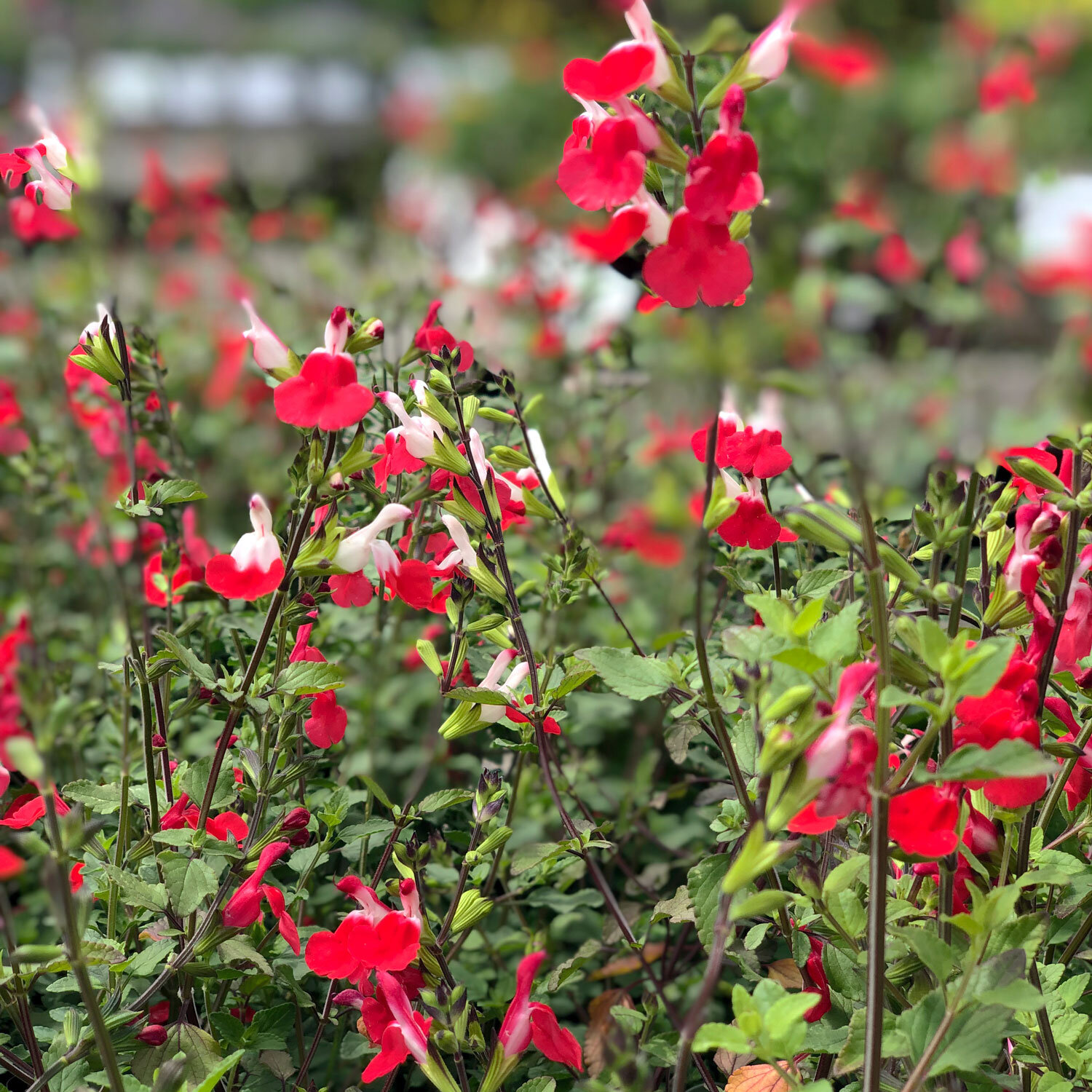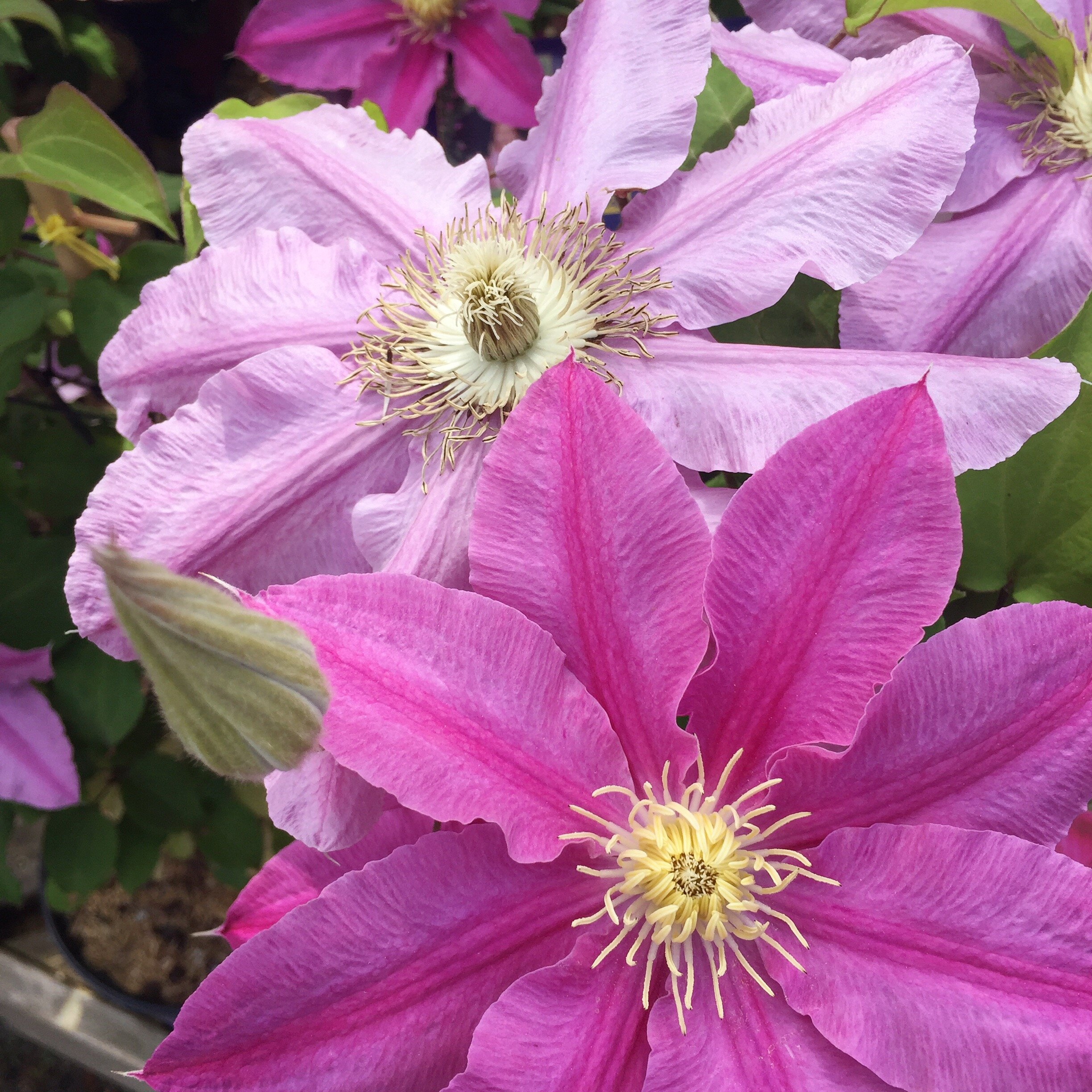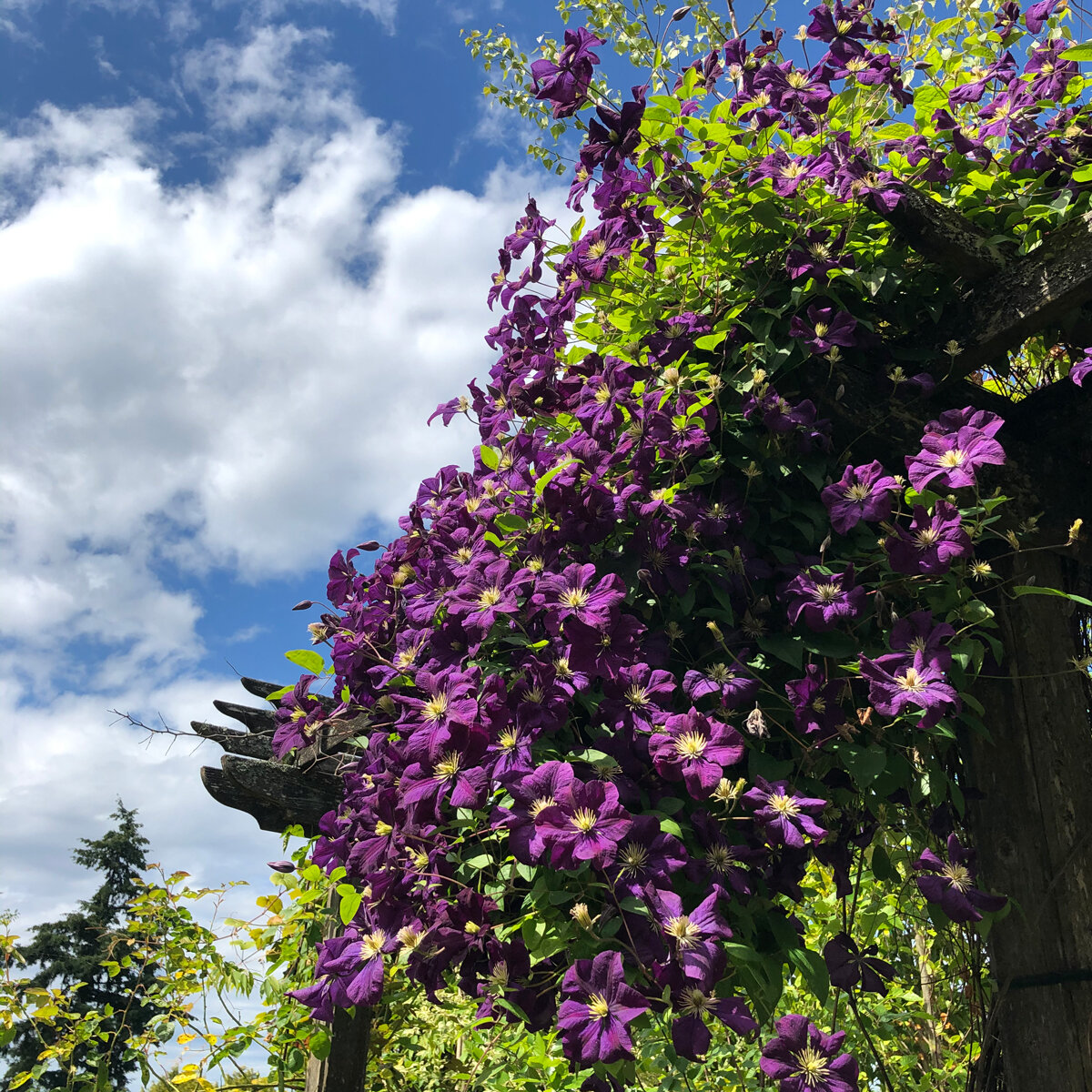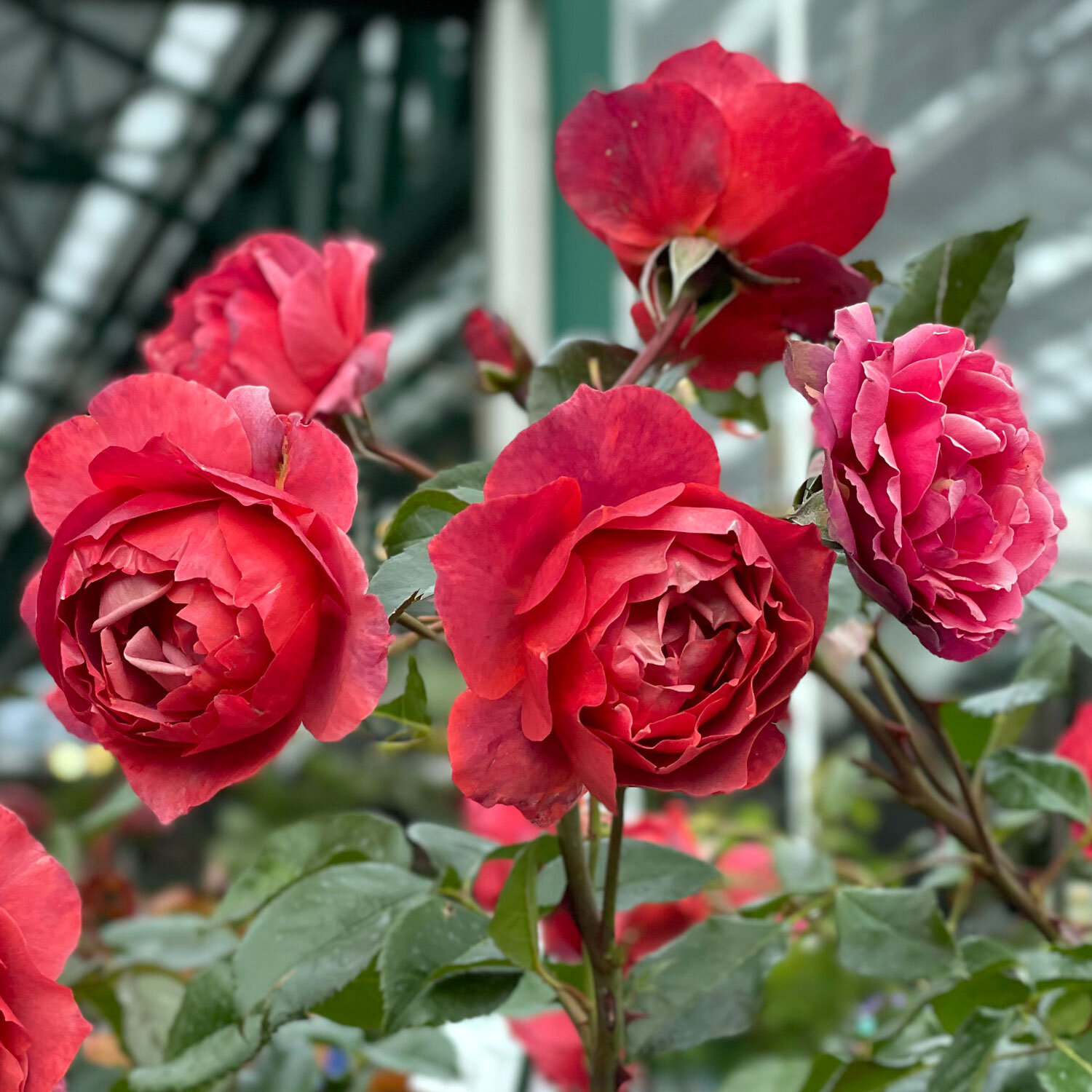Can you believe it’s almost June? The most recognizable “spring” flowers - tulips, lilacs, azaleas - have finished blooming or are beginning to fade and a host of new flowering plants are ready to take the baton for the race into summer. Here are some of our favorite late-spring flowers; some even keep blooming all summer long. Best of all, these flowers attract pollinators such as bees, butterflies, and hummingbirds!
Annual Spring Flowers
Annual flowers provide nearly continuous blooms throughout their life cycles. In our maritime PNW climate, they will die when the first frosts arrive, but they put on a fabulous show during the spring and summer. Annuals appreciate a little fertilizer to help them keep up their prolific blooms, especially if they are grown in pots. Some annual flowers, like geraniums, can be protected indoors or in a greenhouse over the winter and will rebloom for years. Others are better replaced each year with fresh plants.
Zinnias
Zinnias are the quintessential cutting garden flower. Sturdy stems are topped with colorful and long-lasting blooms. Cutting them for bouquets and deadheading any fading blooms will encourage the plant to keep producing flowers. Mature zinnias are somewhat drought tolerant but keep young plants evenly moist (not soggy) for best results. Provide full sun and space them at least 6 inches apart to improve air circulation and help prevent powdery mildew.
Marigolds
Keep the bees happily buzzing around your garden by planting marigolds. These cheerful flowers bloom spring through fall and have the added bonus of helping to protect your vegetable garden. Research into companion planting has found that marigolds can protect tomatoes, cucumbers, and melons from undesirable nematodes in the soil. Marigolds prefer full sun and well-draining soil. Deadhead spent flowers to encourage blooming.
Geraniums
Think geraniums are boring? It’s time to rethink this prolific bloomer. There’s a reason they’ve been popular throughout the decades: a long blooming season and a dazzling array of colors. Zonal geraniums are the traditional favorites, with red, pink, white, and coral blooms, while fancy-leaf geraniums provide flowers and gorgeous foliage, and scented geraniums offer smaller flowers but leaves with delicious aromas like rose and lemon. There truly is a geranium variety for everyone. Plant them in an area with full sun and well-draining soil, and deadhead for continuous blooms.
Bidens
It only seems appropriate to have bidens in the garden with a family of Bidens in the White House! These lovely flowers are the perfect “spillers” for hanging baskets with their delicate, somewhat trailing foliage. Yellow or orange flowers don’t need regular deadheading to keep blooming from spring into fall. Grow in full to part sun and water regularly, letting the soil dry out slightly in between waterings.
Perennial Spring Flowers
These perennial flowers add gorgeous blooms to the garden year after year. Most have a set blooming time ranging from a few weeks to several months. Many are evergreen or have lovely foliage through the summer. Some perennials grow to a set height and width while others continue to multiply or spread. When choosing your plants, take a look at our signage for sizes, care info, and other growing tips. Learn how to get the most out of our informational plant signs.
Iris
Did you know there are around 300 species in the genus Iris? The most familiar are bearded and Siberian iris. Both types need at least 6 hours of sun per day to bloom at their best. They prefer to be planted in well-draining soil so the rhizomes don’t rot. Water regularly and deeply after planting and in hot, dry weather but allow the soil to dry out a bit in between each watering session. Apply a low-nitrogen fertilizer in early spring and again after they are done blooming. You can also remove the seed heads and stems after blooming to allow the plants to focus their energy on next year’s blooms. Iris bloom spring through early summer.
Geum
Politely mounding foliage and profuse flowers in the warm colors of summer make geum a great perennial to add to the spring garden. These evergreen plants also make excellent groundcovers when planted en masse. Foliage spreads to 12”-24” wide with flowers growing to 12”-30” tall and blooming spring through summer, depending on the variety. The flowers attract pollinators such as butterflies and hummingbirds.
Peonies
Spectacular blooms make peony the star of the garden in May and June and the foliage stays lush throughout the summer. With so many color options and flower styles, it’s hard to choose and you may end up with quite a collection! As Henry Mitchell once wrote, they are “the fattest and most scrumptious of all flowers, a rare fusion of fluff and majesty.” Peonies prefer full sun but can do well in part-sun situations. If you purchase a peony in the spring, wait until fall to plant it. You can sink the whole pot into the ground or place it inside a decorative cachepot until you are ready to plant permanently. Learn more about growing peonies.
Salvia
Also known as perennial sage, these hardy plants are pollinator magnets so expect a plethora of bees, butterflies, and hummingbirds. Their scent deters deer and rabbits, quite the bonus! Salvias are also heat and drought tolerant (once established) so they do well in sunny parking strips and in containers. With lots of fun colors to choose from and spires of flowers blooming into fall, salvias deserve a place in every sunny garden.
Clematis
Does your garden need a vertical accent? A climbing clematis will provide striking blooms in spring and summer. Clematis prefer their roots to be shaded and cool but their stems in full sun, so consider planting short shrubs or groundcovers at the roots. Water regularly and mulch to keep the soil moist. Different varieties of clematis bloom at different times and some are evergreen while others die back in the winter. Clematis need support and will happily scramble up a trellis or even a neighboring plant!
Roses
Last on this list but certainly not least is the perennial favorite, the rose. New varieties are introduced every year and there are many roses that are now easy to care for, unlike in the past. If you want to plant it and forget it, try a shrub rose, which is hardy and more drought-resistant than other types. For long stems and perfectly formed buds, a hybrid tea rose is your best choice. Floribunda roses offer spectacular flower clusters with bushy foliage and easier care. Roses prefer full sun and regular, deep watering. Give them space and avoid wetting the foliage to help prevent the black spot fungus. Learn more about caring for roses in the PNW.
This list is just a starting point. Come in and ask us about other favorite flowers for spring, summer, and beyond (there are so many that we love)! With the right plant choices and a little planning, you’ll have gorgeous blooms every season of the year in your PNW garden.

